|
Monocacy Page4 Photos/text this page courtesy of Craig Swain, Leesburg, VA For any use of these photos contact Webmaster |
||
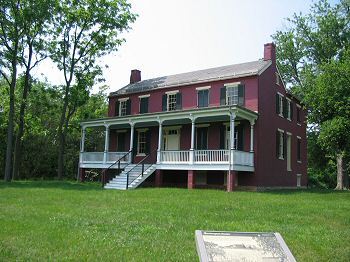 |
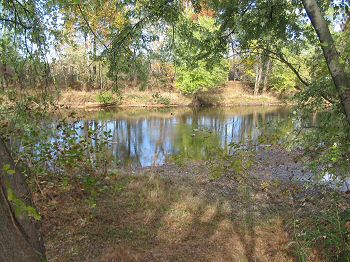 |
|
|
(May 2007) Enlarge
The
Worthington House. The house was constructed in 1851 and occupied by the
family through the 1950 before the property was ceded to the National Park
in 1982. Six-year-old Glen Worthington watched the battle through boarded
up basement windows. Later he would write the first history of the Battle
of Monocacy, "Fighting for Time," published in 1932 |
(November 2007) Enlarge The Worthington-McKinney Ford. Located roughly where Ballenger Creek empties into the Monocacy, it was here that McCausland's cavalry first crossed the Monocacy and encountered a company of the 8th Illinois Cavalry at around 10:00 a.m. Not until later in the afternoon did General Gordon's Division cross the river here |
|
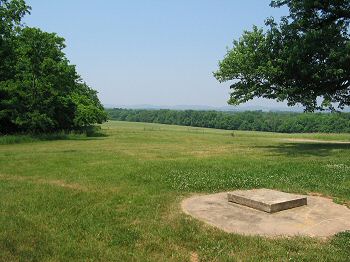 |
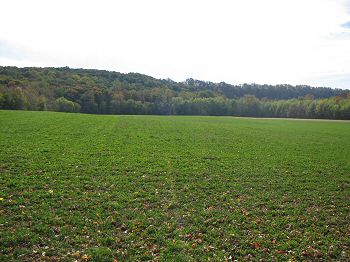 |
|
|
(May 2007) The Worthington Farm. McCausland would launch two attacks with dismounted cavalry prior to the arrival of Gordon's Division. The fist at around 10:30 a.m. had an axis of advance along the river bank (the far treeline on the right of the photo), but ran into Union skirmishers at the edge of the Thomas Farm on ground now covered by Interstate 270. The second attack came at 2:30 p.m. and was directed toward the Thomas Farm House. This also was repulsed, but covered the assembly of Gordon's division |
(November 2007) Gordon's Division staged here covered by McCausland's cavalry and hidden by Brooks Hill in the background. The composition of Gordon's Division is some indication of the attrition faced by the Confederates at this stage of the war. Seven regiments of Georgians constituting Gordon's old brigade was lead by Brig. Gen. Clement A. Evans. Ten regiments of Louisiana infantry from what had been Hay's and Stafford's Brigades were consolidated under Brig. Gen. Zubelon York. And some of the remains of Stonewall Jackson's old division were formed in a brigade under Brig. Gen. William Terry, including the 2nd, 3th, 5th, 27th, and 33rd Virginia formerly of the Stonewall Brigade |
|
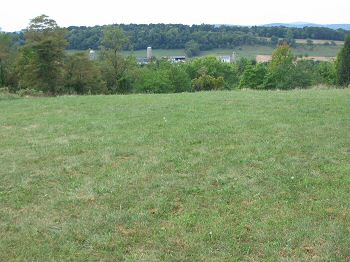 |
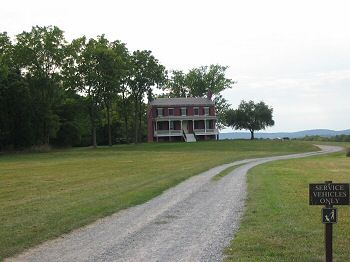 |
|
|
(September 2007) Enlarge The view is from the east looking at Brooks Hill, and the farm in the foreground is not Worthington, which is on the northwest side, blocked by the trees. Gordon's Division advanced around the Worthington House, over the north end of Brooks Hill to attack the Federal lines at around 3:00 p.m. The line of advance was across the frame of view of camera from left to right, with Evan's Georgians crossing over the clearing on the hill above the farm buildings. To their left (away from the camera) was York's Louisianians, and still further left was the old Stonewall Division under Terry. All three advanced, at staggered intervals, on the Federal lines around the Thomas Farm. This photo was taken from the Interstate 270 overlook of the battlefield, to the east of the National Park |
(September 2007) Enlarge Another view of the Worthington House. Confederate artillery used the high ground here to support Gordon's advance |